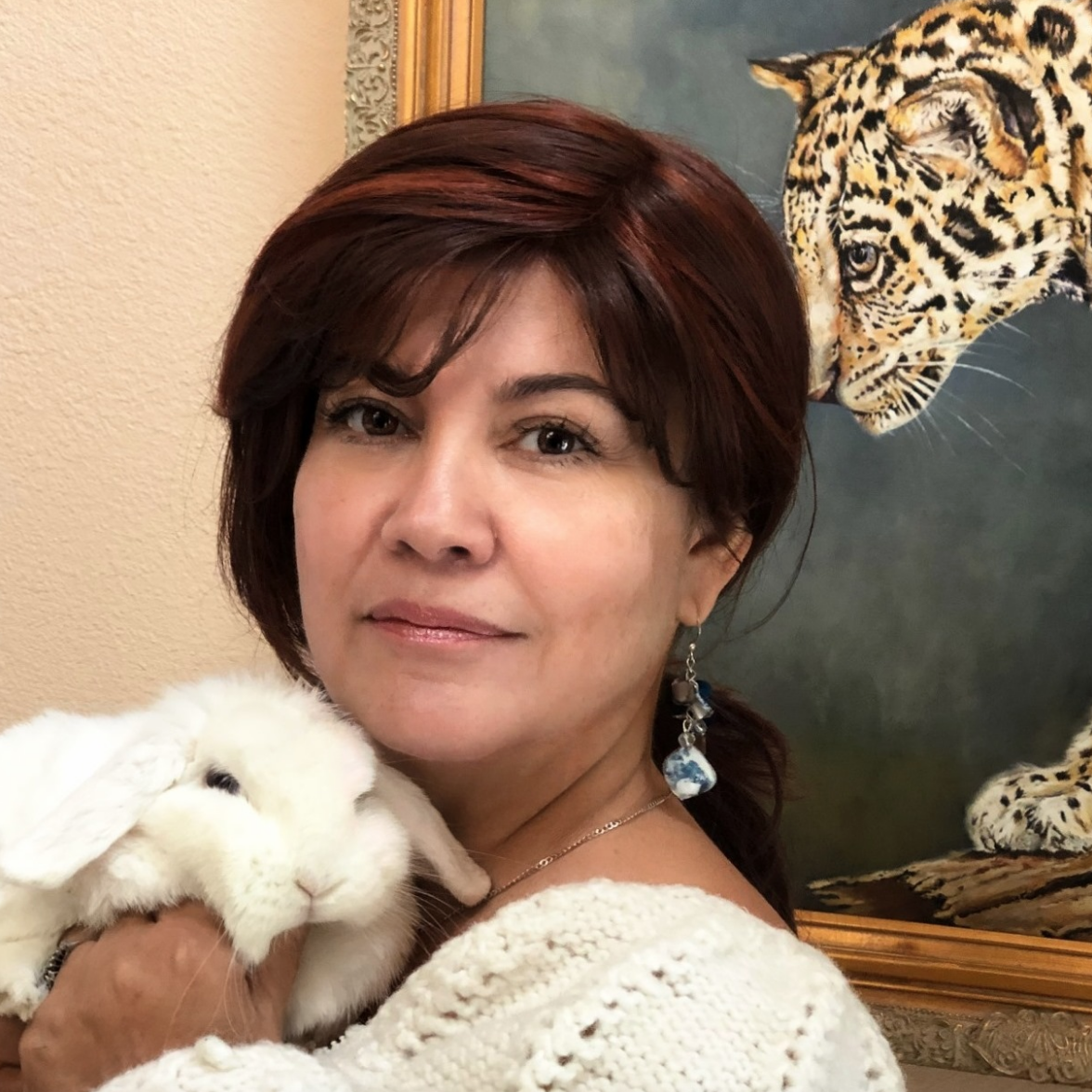
Artist: John Frederick Lewis
Title: An Intercepted Correspondence, Cairo
Signed and dated 1869
Medium: Oil on panel
Size: 29 ¼ by 34 3/8 in (74.3 by 87.3cm)
British Orientalist
In content and composition, as well as in execution, this is the most complex of Lewis’s harem scenes. The left-hand side is related to a watercolor now in the Victoria and Albert Museum, London.
The picture depict a woman of the harem, caught before her master in possession of a bouquet of flowers from an illicit lover. Contemporary accounts of education in the Middle East stressed that reading and writing were unusual accomplishments for women. Flowers would therefore be used as love letters, each flower having a particular significance. In 1869, the year the Intercepted Correspondence was painted, The Young Ladies’ Journal published The language of Flowers, whose preface stated that this form of communication had originated in the Middle East. The book’s glossary would lead to the following interpretation of the flowers in Lewis’s picture:
- the pansy, or heart’s ease, exhorts the receiver to think of the giver
- the anemone signifies that the giver feels forsaken
- the hibiscus syriacum praises the receiver’s honesty
- the roses symbolize love
In the vase beside the master of the harem:
- the larkspur would symbolize haughtiness
- the rose love
-The scarlet dahlia instability
Here is a painting I have done called Poppy Field, where I have incorporated flower symbolism and explained my thought process in creating the painting.


 World Portraits
World Portraits The Orientalists
The Orientalists Pets
Pets Sur La Table
Sur La Table Garden Delights
Garden Delights Visit My Store
Visit My Store Painting Portfolio
Painting Portfolio



No comments:
Post a Comment